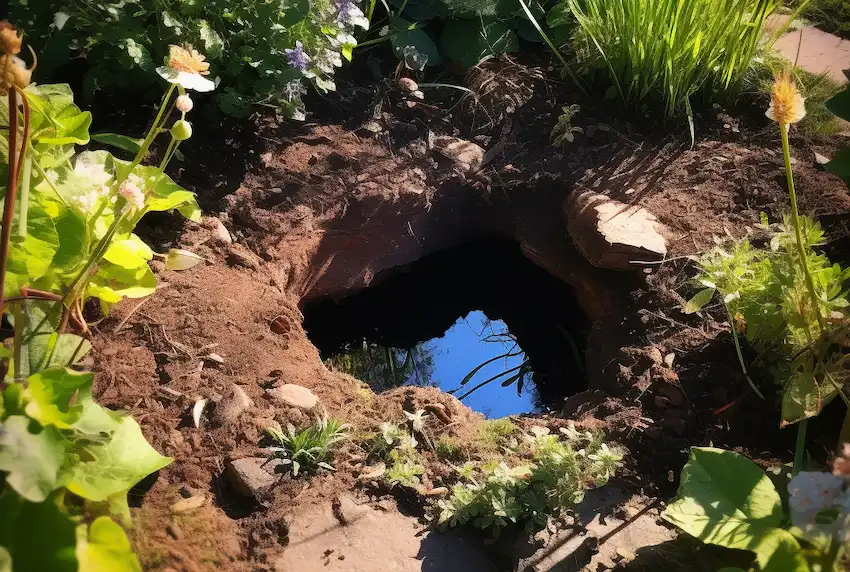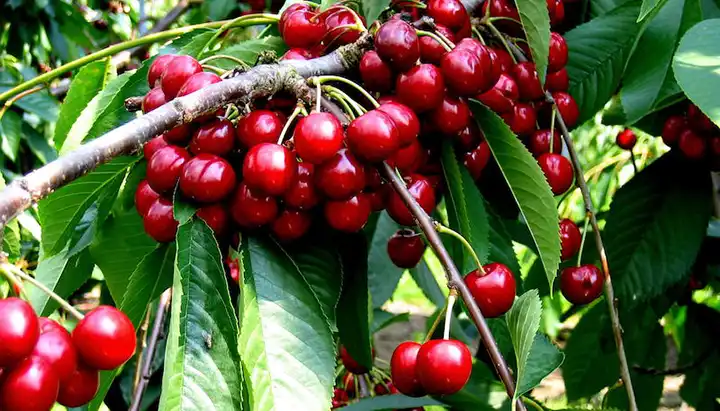Conserving Water Naturally: A Step-by-Step Guide to Creating Bio Pore Absorbing Holes
Overview: Introduce the concept of Bio Pore Absorbing Holes (BPAH) as an effective, eco-friendly solution for water conservation and soil health improvement.
Significance: Highlight the importance of water conservation and the role of BPAH in mitigating issues like soil erosion and water runoff.

Understanding Bio Pore Absorbing Holes:
- What is BPAH?: Explain that BPAH are small, cylindrical holes dug into the ground to enhance water absorption and reduce runoff.
- Benefits: Discuss the environmental benefits, such as improved soil aeration, enhanced microbial activity, and better water management.
Materials Needed:
- Tools and Supplies: List the tools (spade, auger, measuring tape) and organic materials (compost, dry leaves, straw) required for creating BPAH.
Step-by-Step Creation of Bio Pore Absorbing Holes:
- Site Selection: Guide on choosing the right location, considering factors like land slope and water flow patterns.
- Digging the Holes: Instructions on the depth and width of the holes (typically 1-1.5 meters deep and 10-30 cm in diameter).
- Filling the Holes: Describe the process of layering organic materials in the holes to promote microbial activity.
- Maintenance: Tips on maintaining BPAH, including regular checks and adding organic matter as needed.
Implementing BPAH in Different Environments:
- Urban Settings: Discuss the use of BPAH in urban gardens, rooftops, and public parks.
- Rural and Agricultural Land: Explain how BPAH can benefit agricultural fields and rural landscapes.
Case Studies and Success Stories:
- Real-Life Examples: Share success stories of communities or regions where BPAH has made a significant impact.
- Data and Results: Present any available data or research findings on the effectiveness of BPAH.
Challenges and Solutions:
- Common Obstacles: Address potential challenges in implementing BPAH, such as labor intensity or lack of materials.
- Overcoming Challenges: Offer solutions and alternatives to common problems.
Call to Action: Encourage readers to adopt BPAH in their communities.
Broader Impact: Reflect on the broader impact of such sustainable practices on environmental health and water conservation.



















